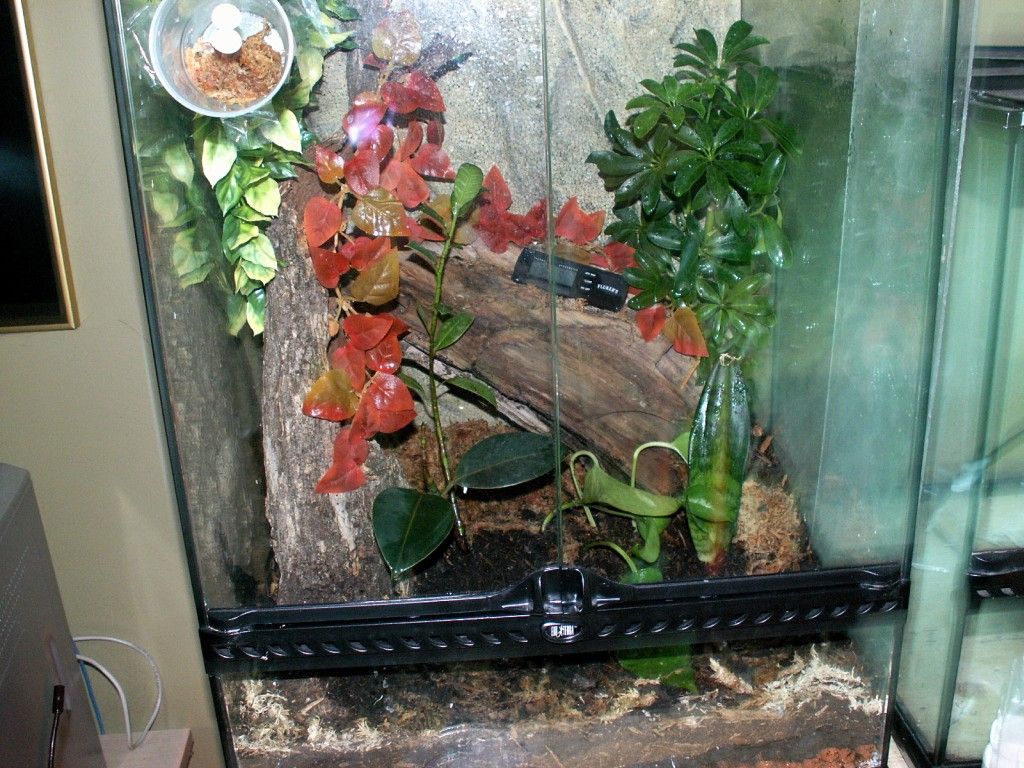knightowl71
New member
I have a 24X24X18 Exo-Terra viv with hides and plants. The G.V. is the only thing in there. He has been in for about 3 weeks now. I have introduced crickets, tried mealworms and even baby food. He doesnt seem to eat anything. I thought he had been eating the crickets but I found them hiding in the top corner of the viv. Is there anything else I can offer him to eat? I have Anoles in another tank and they eat crickets as fast as I put them into the tank. The Gecko doesnt seem to be hungry. He seems pretty healthy and gets plenty of water. I have a bowl plus I mist the tank twice daily. The temp is around 80 and the humidity is between 70 and 80.
Is there anything else I can be doing?
Is there anything else I can be doing?


